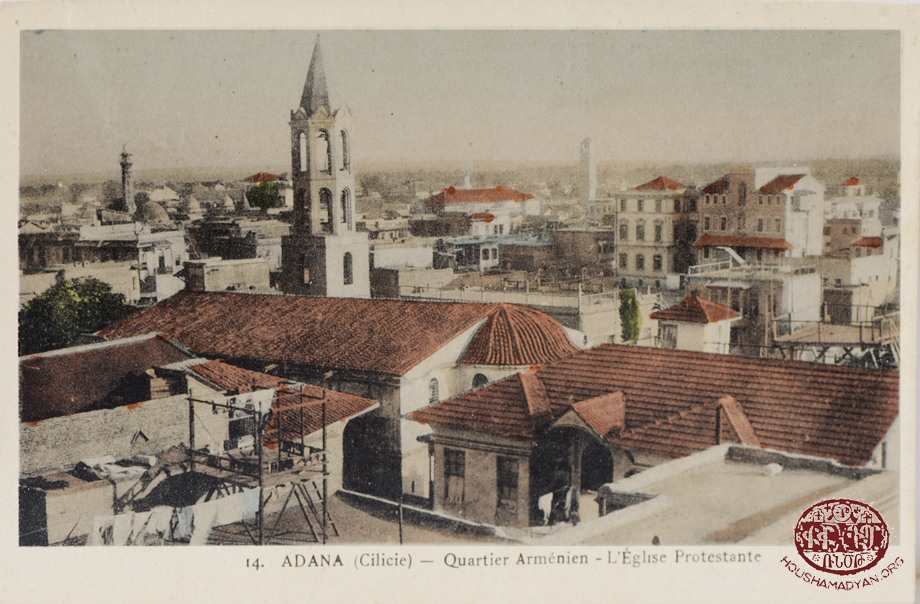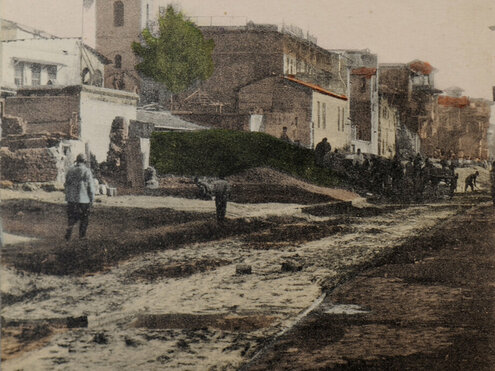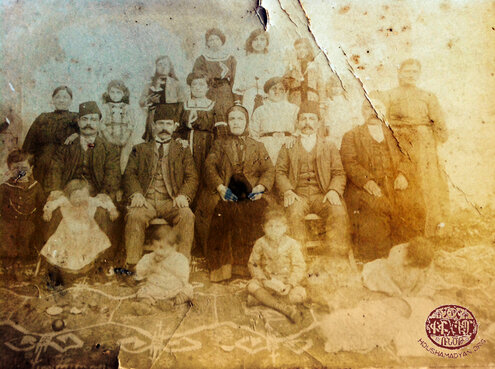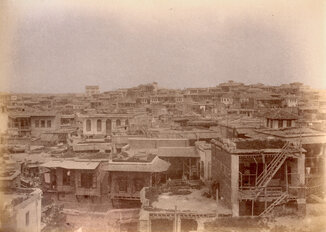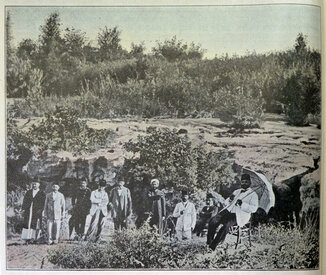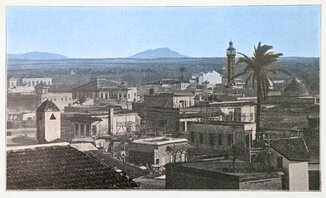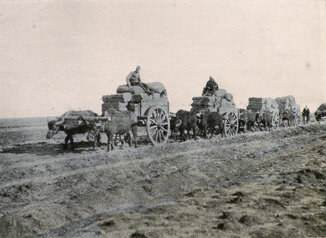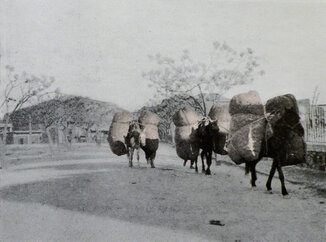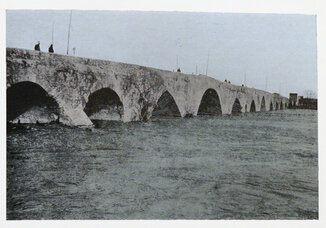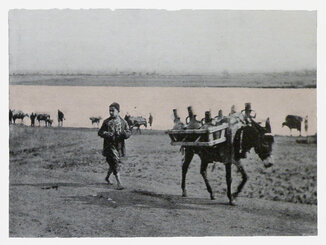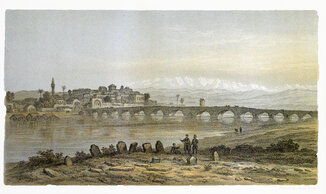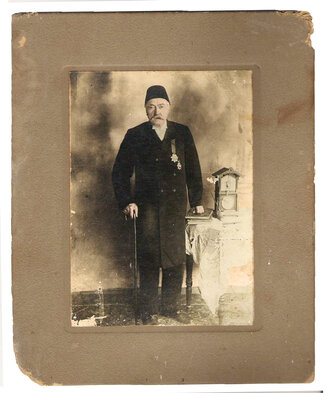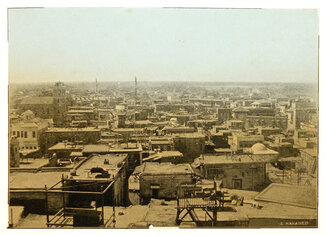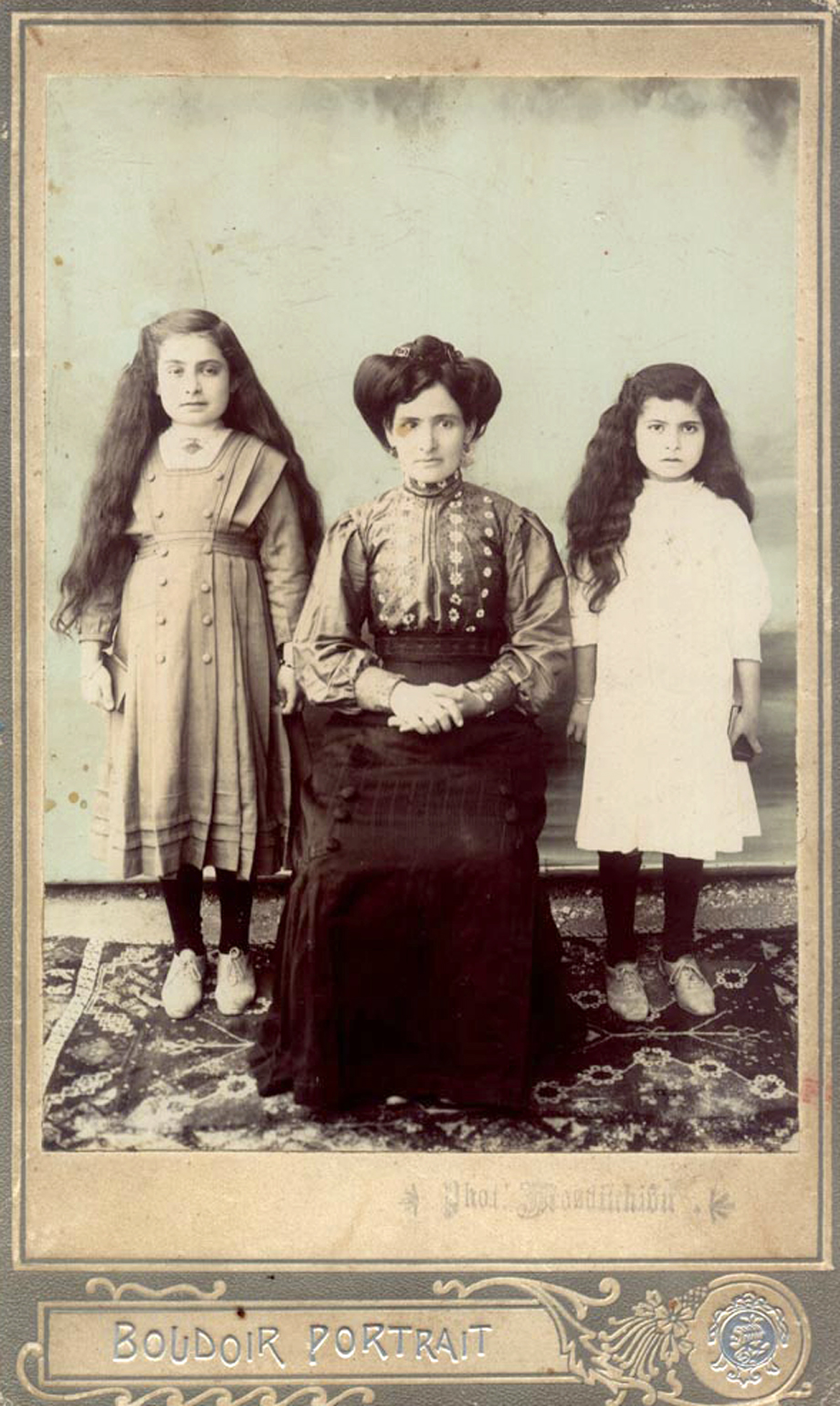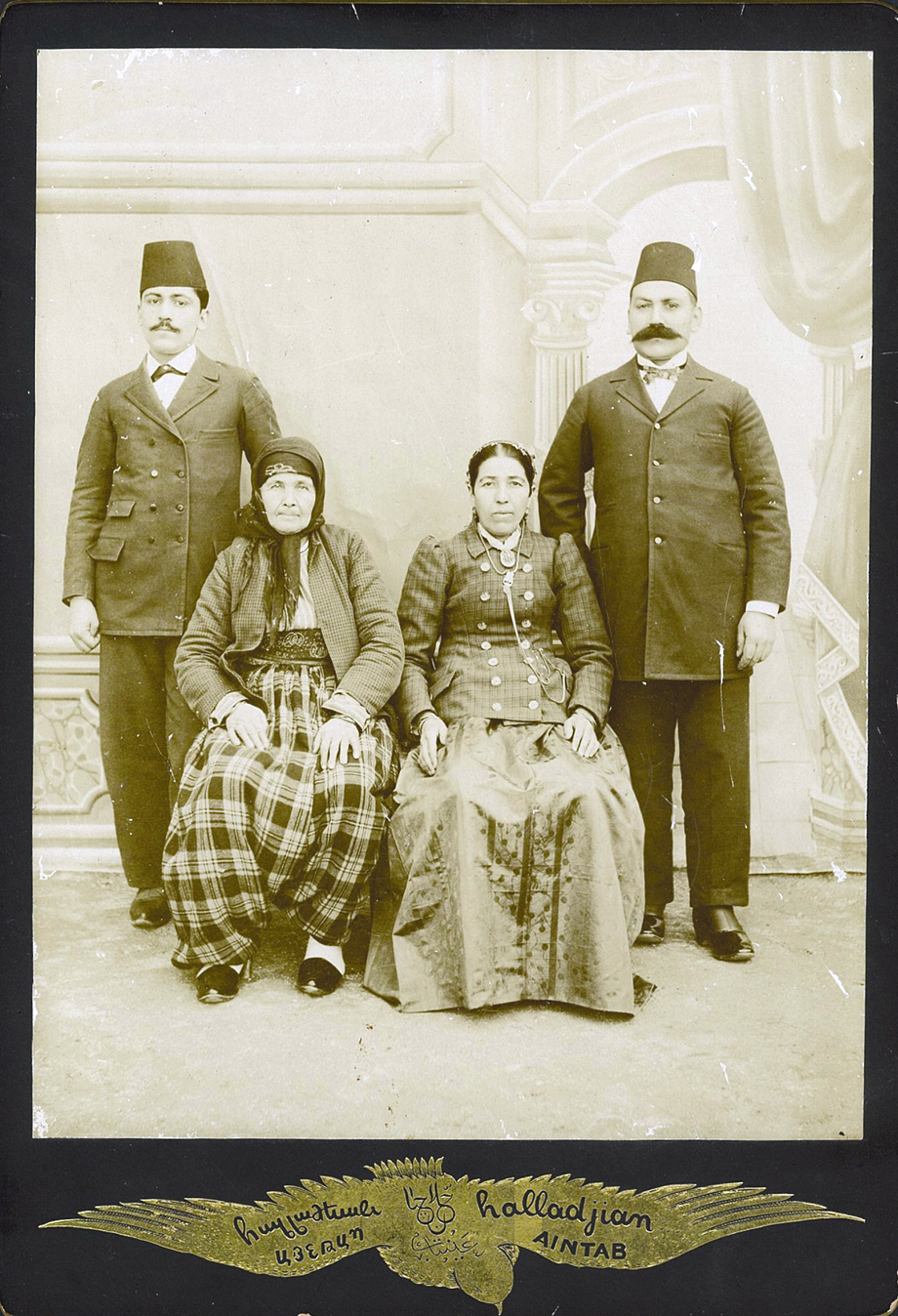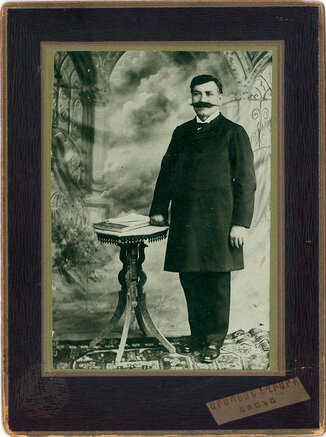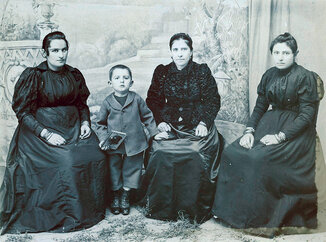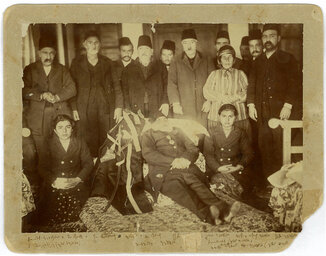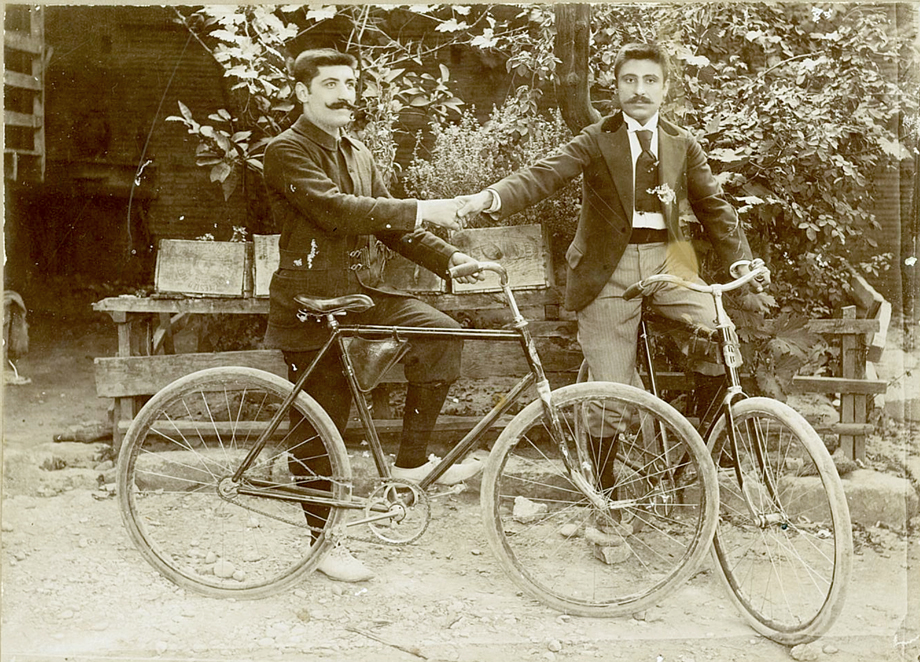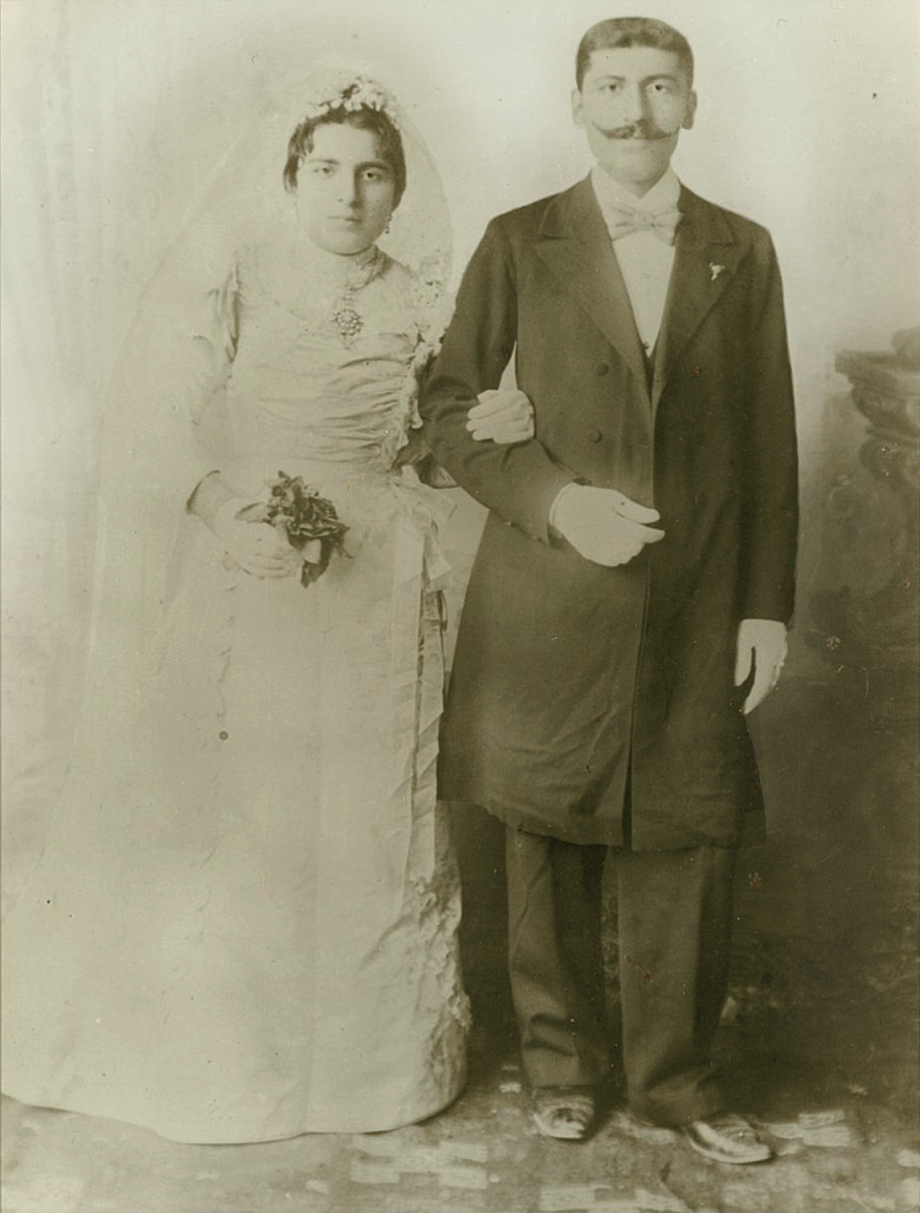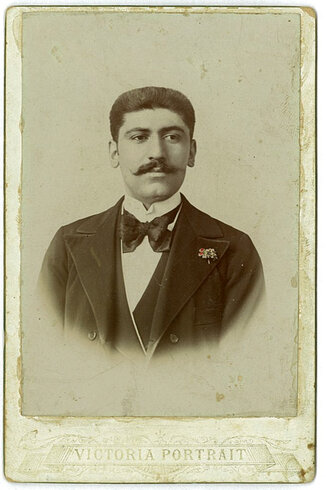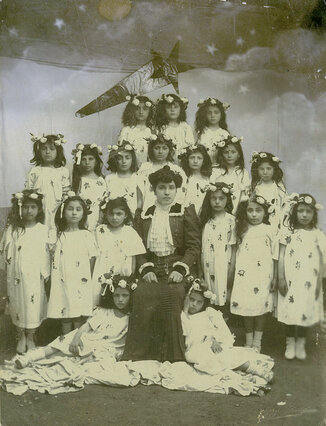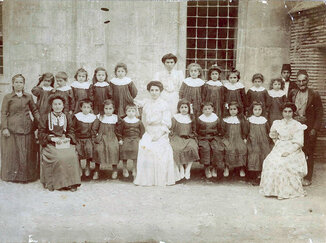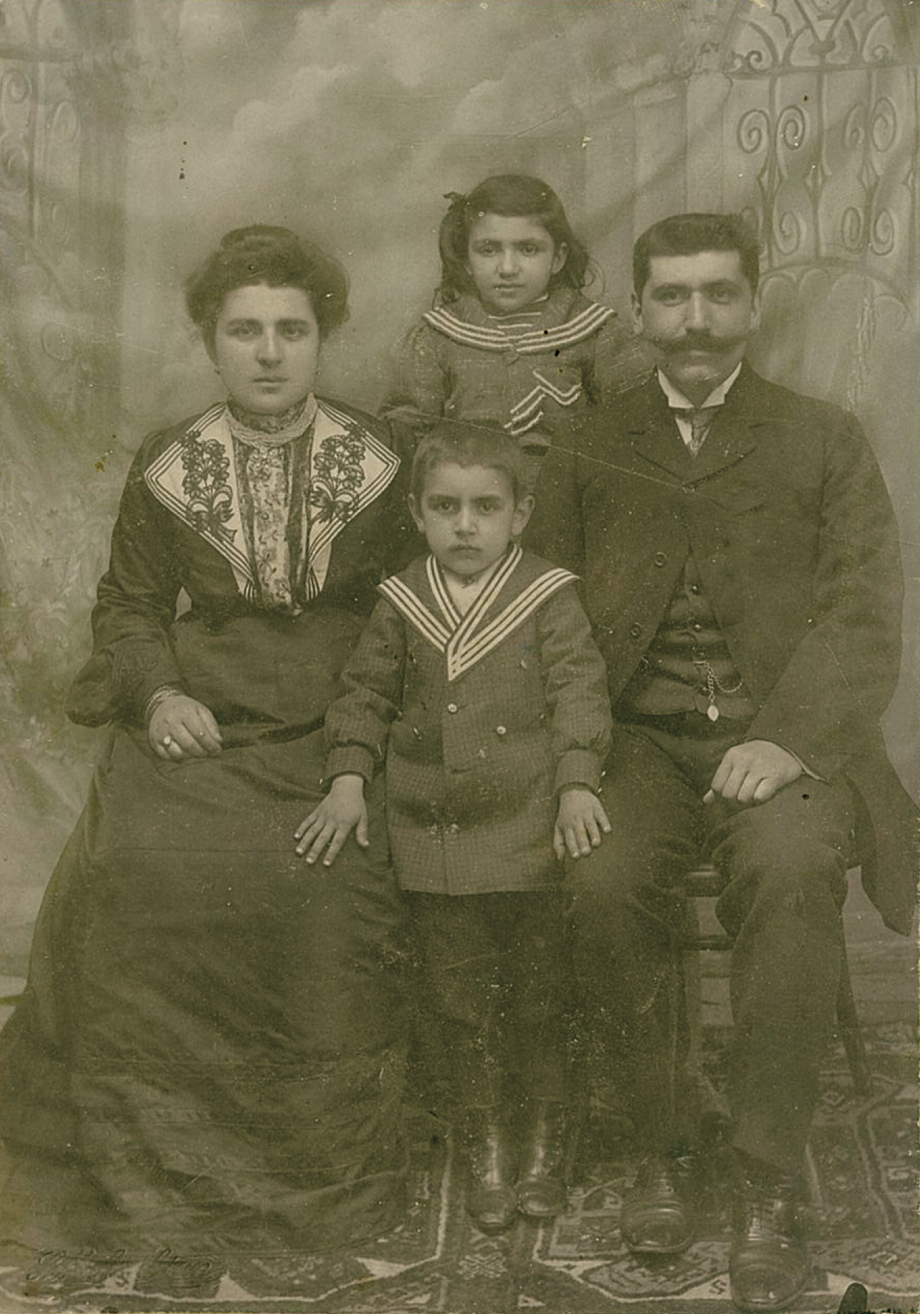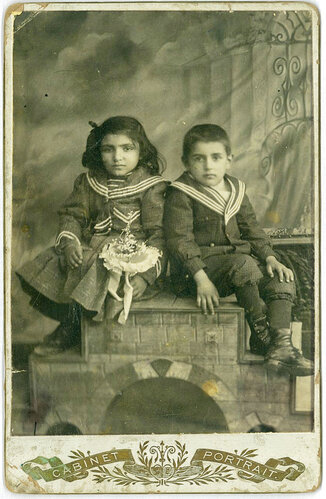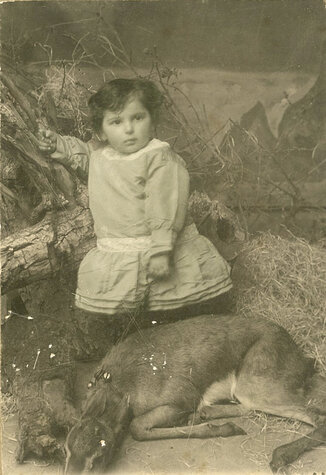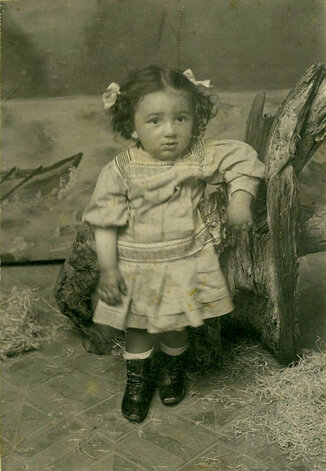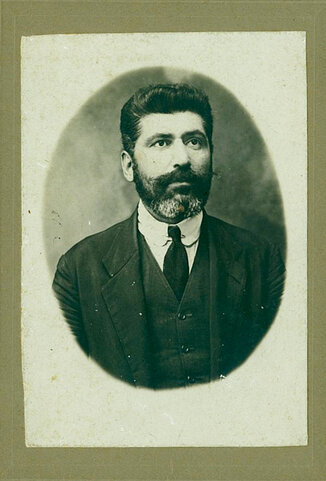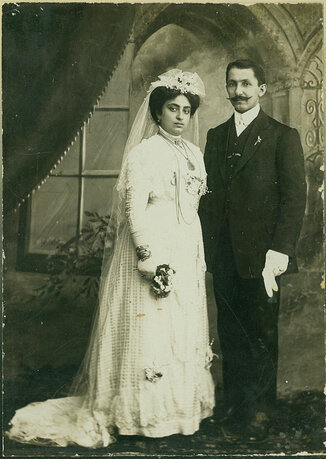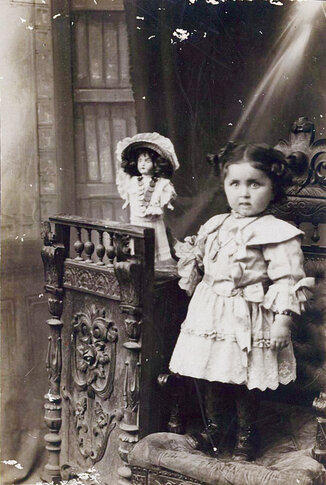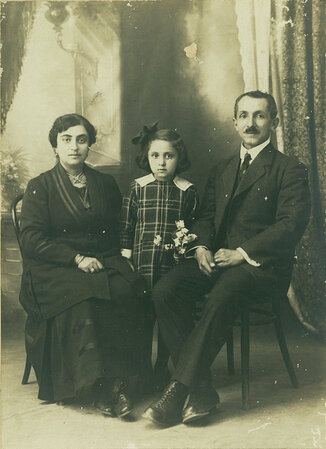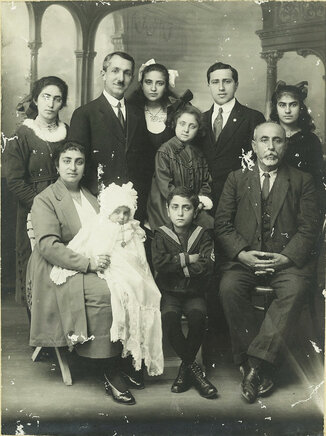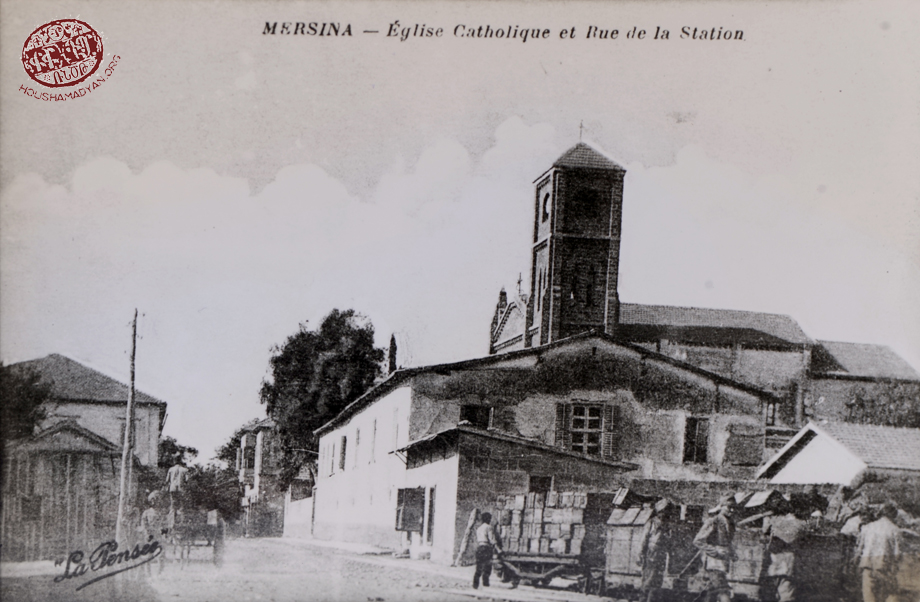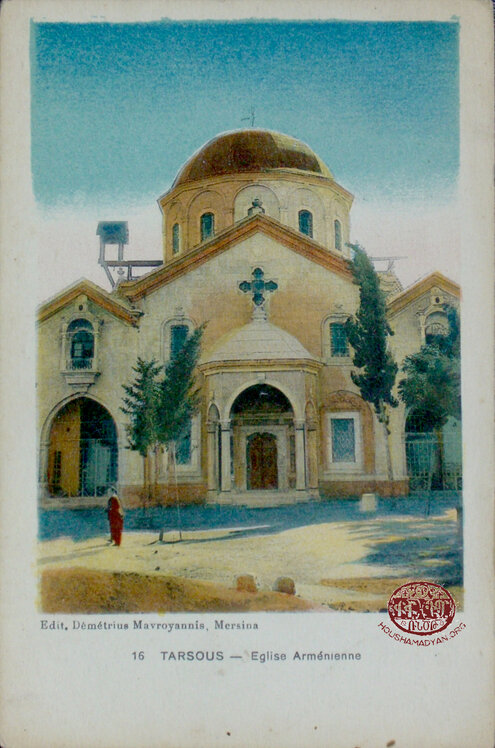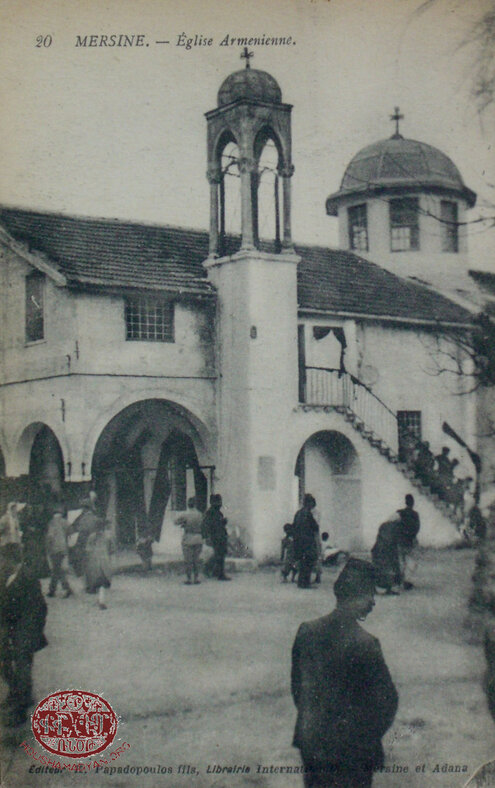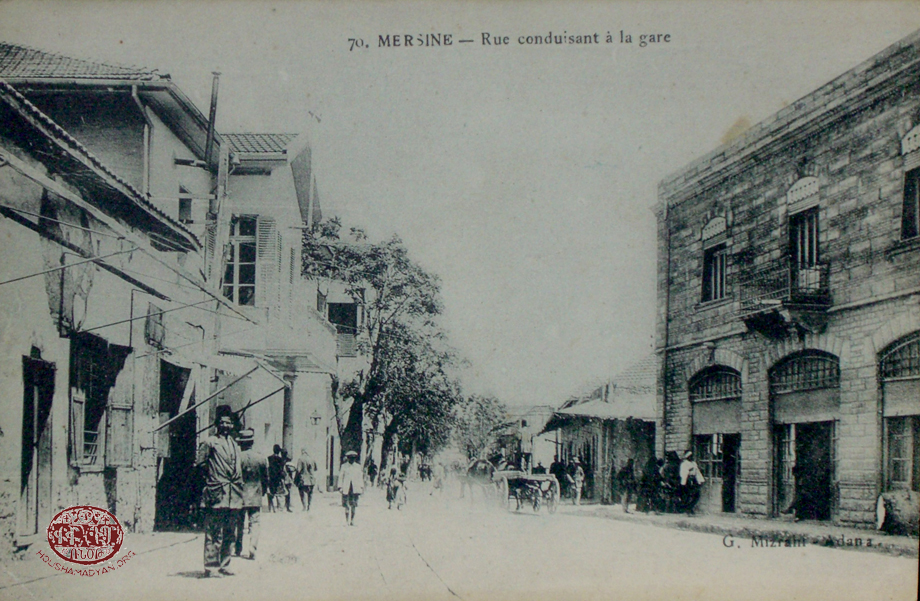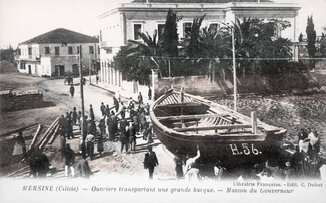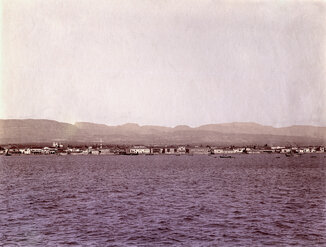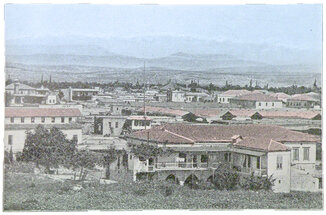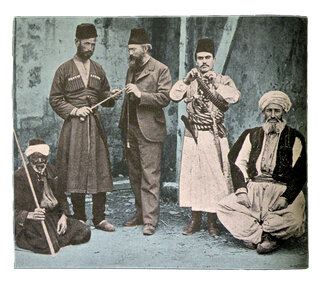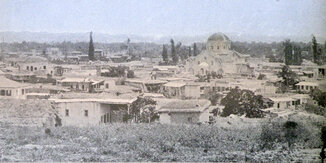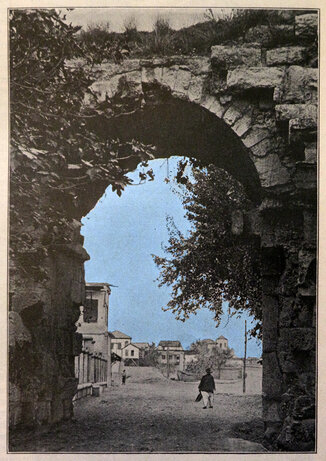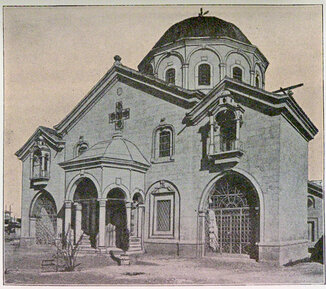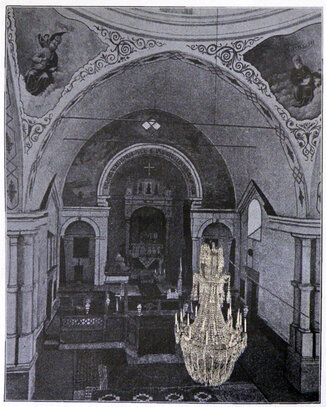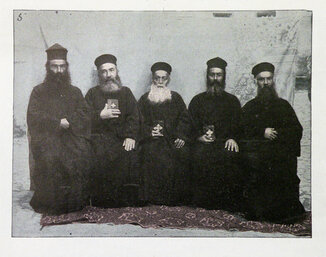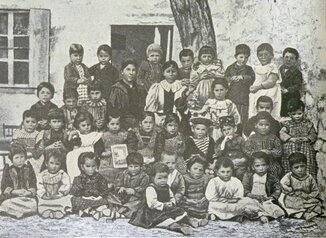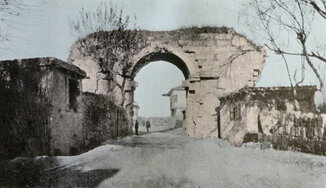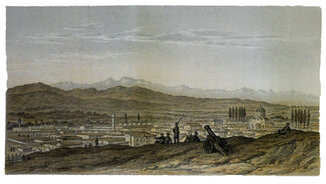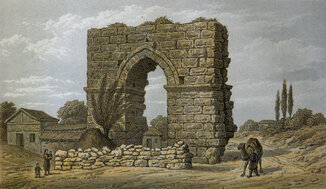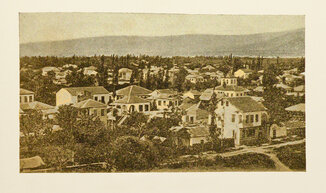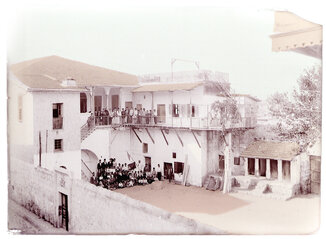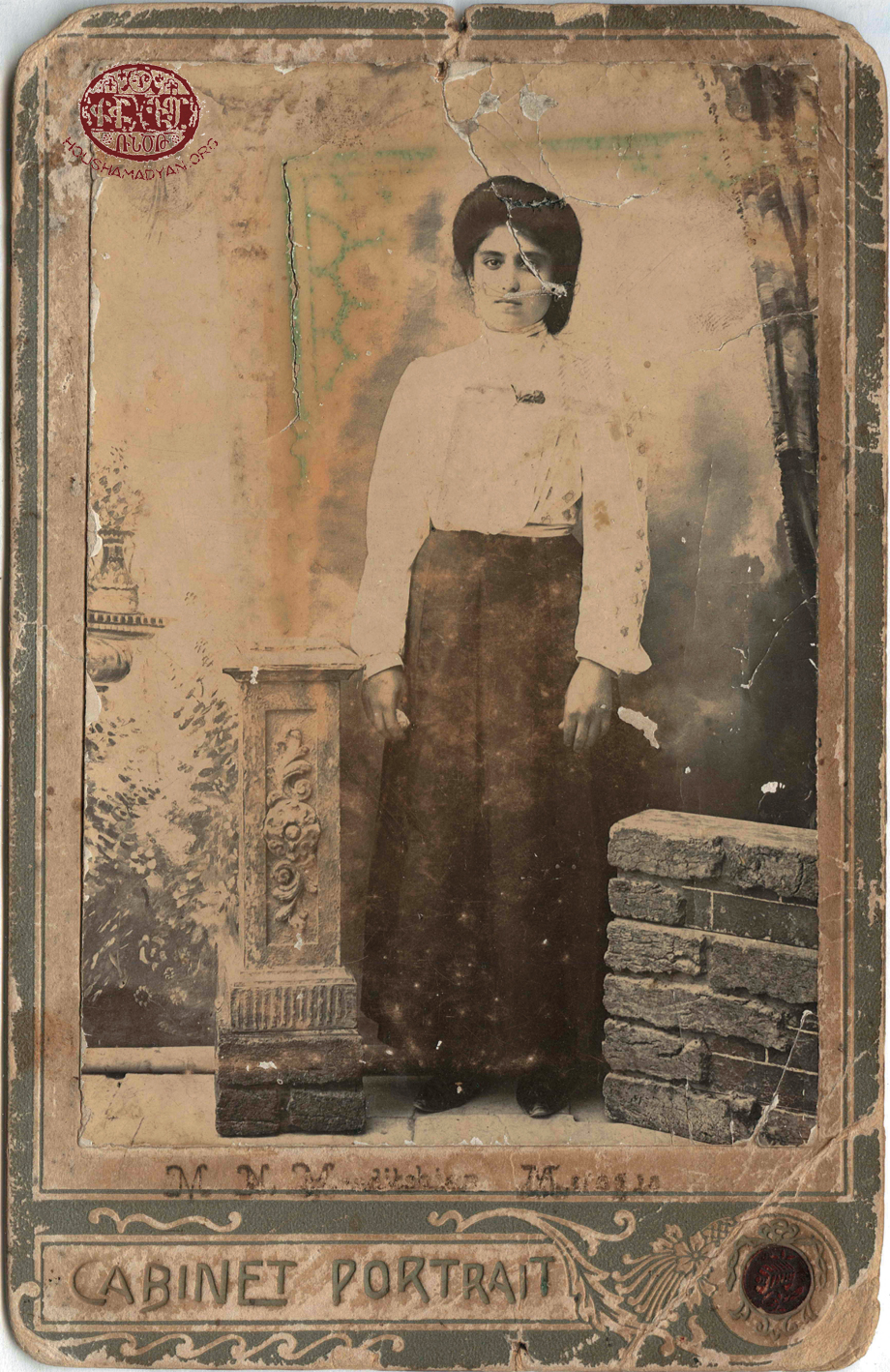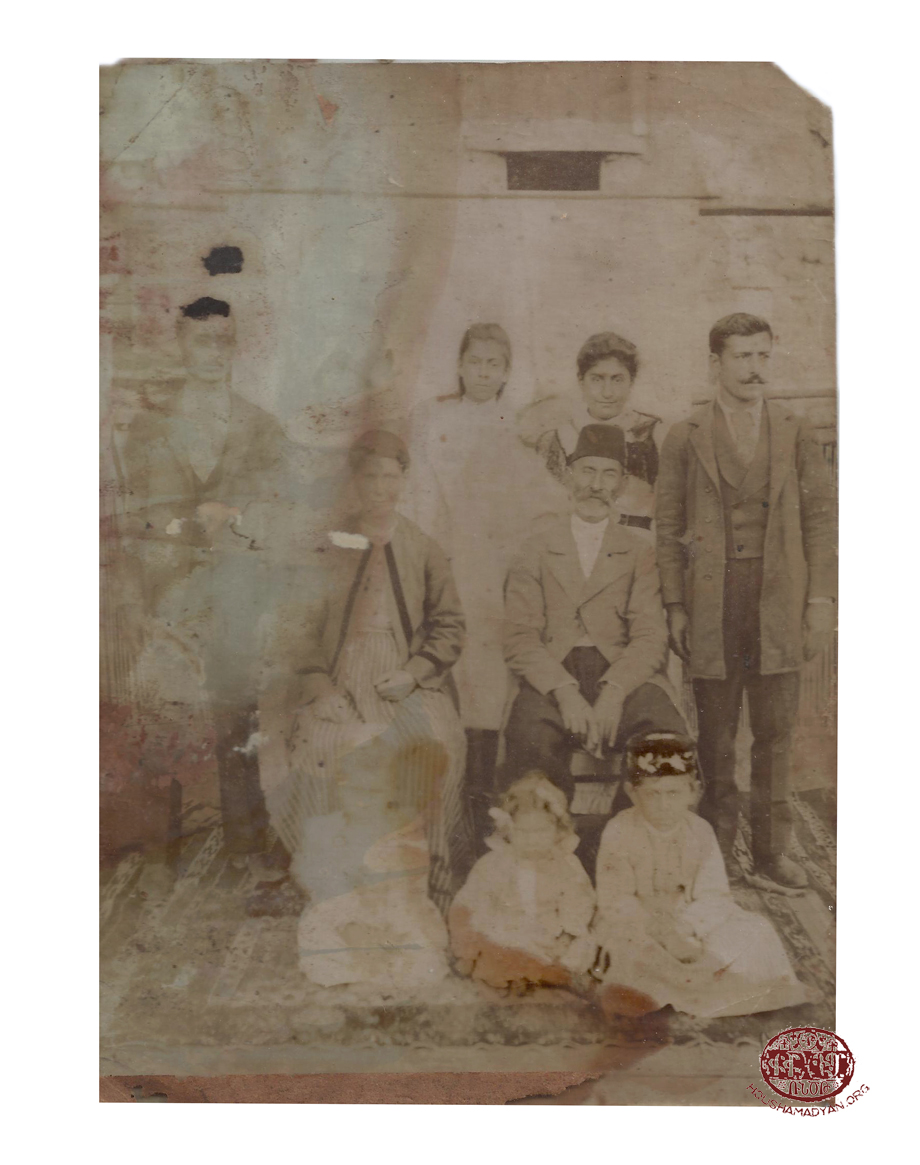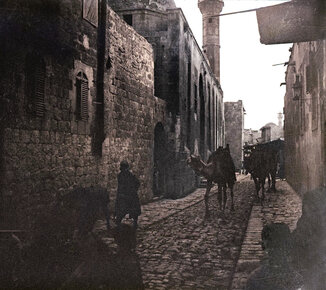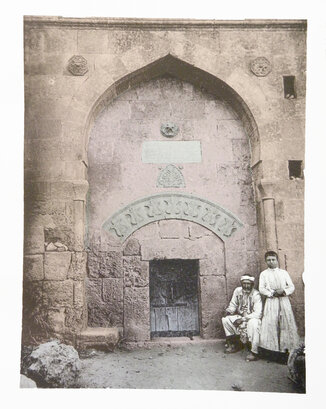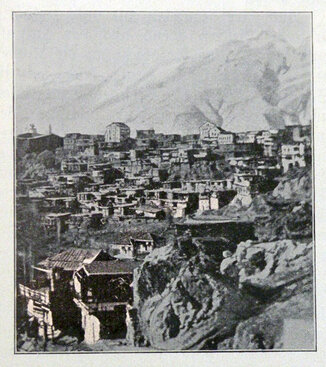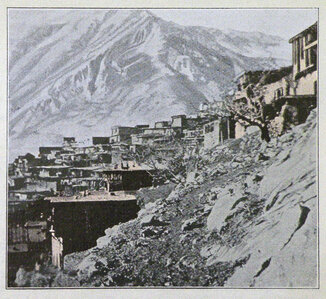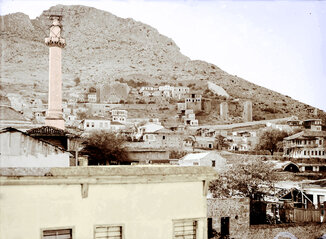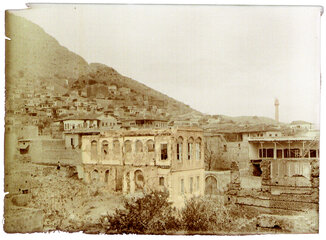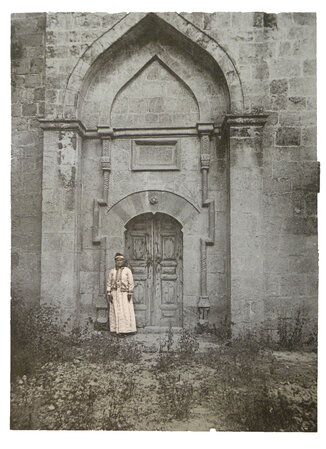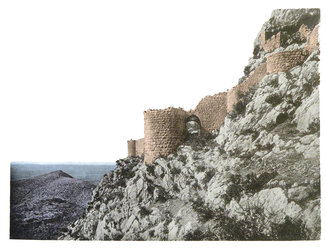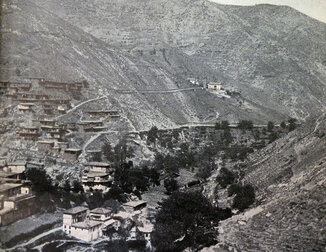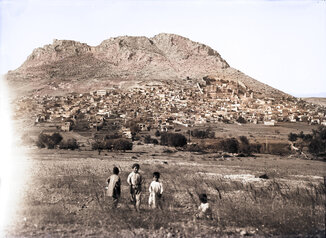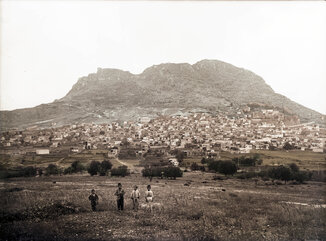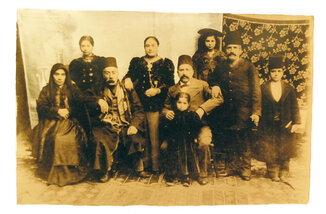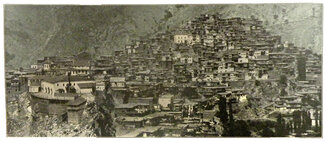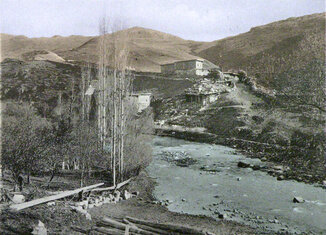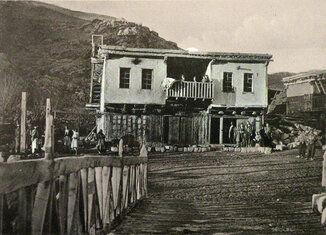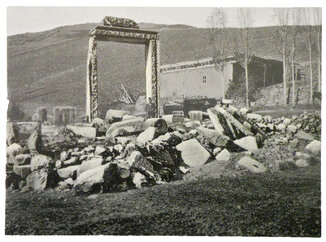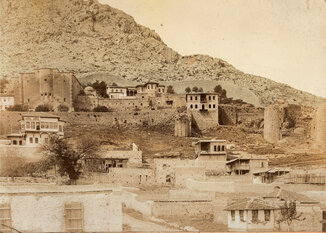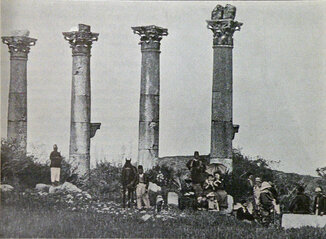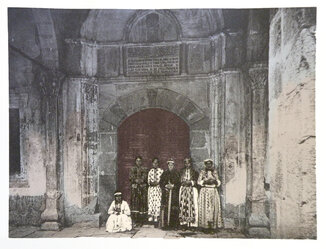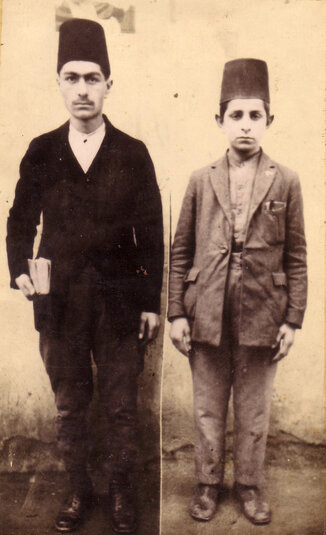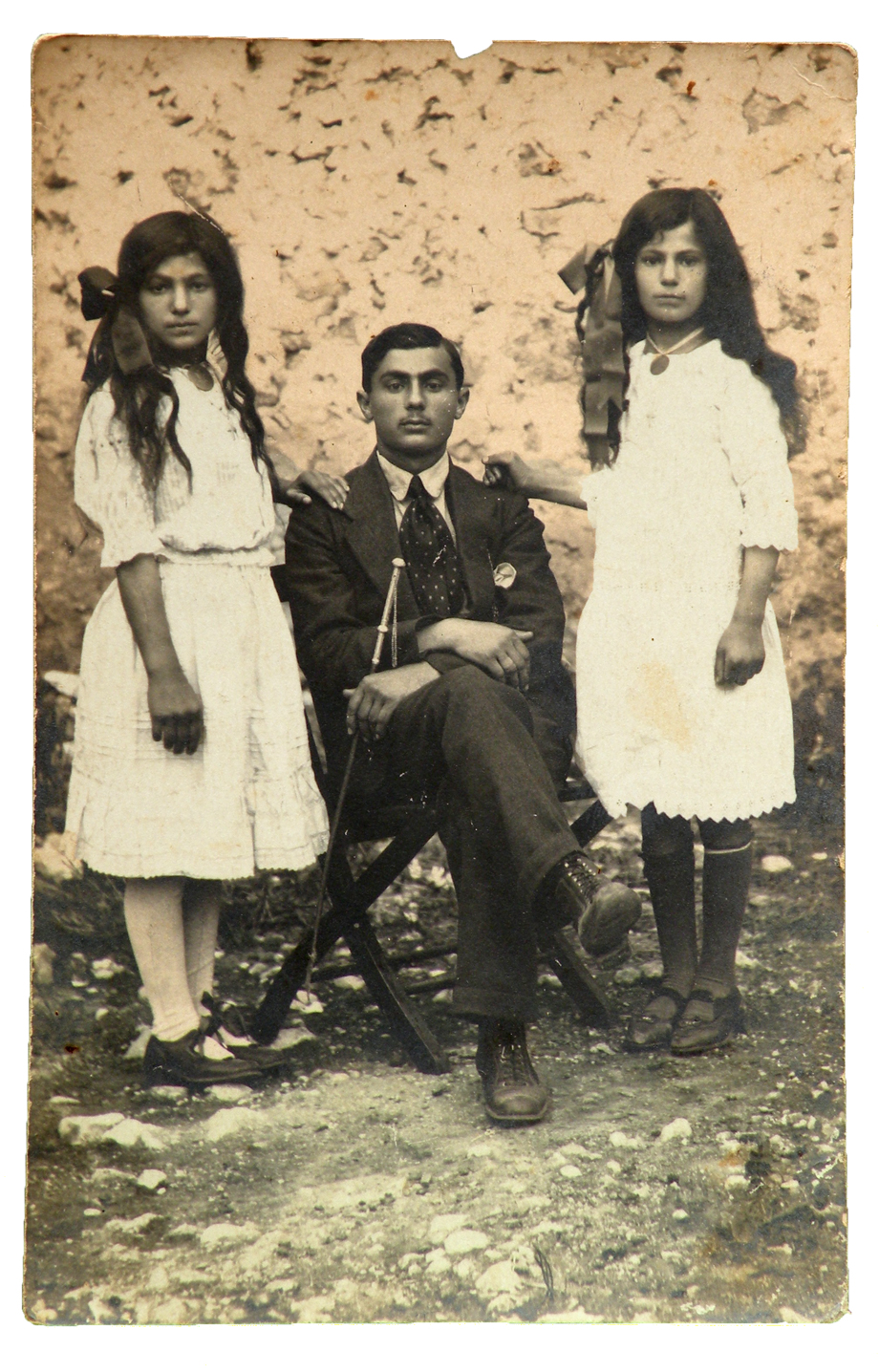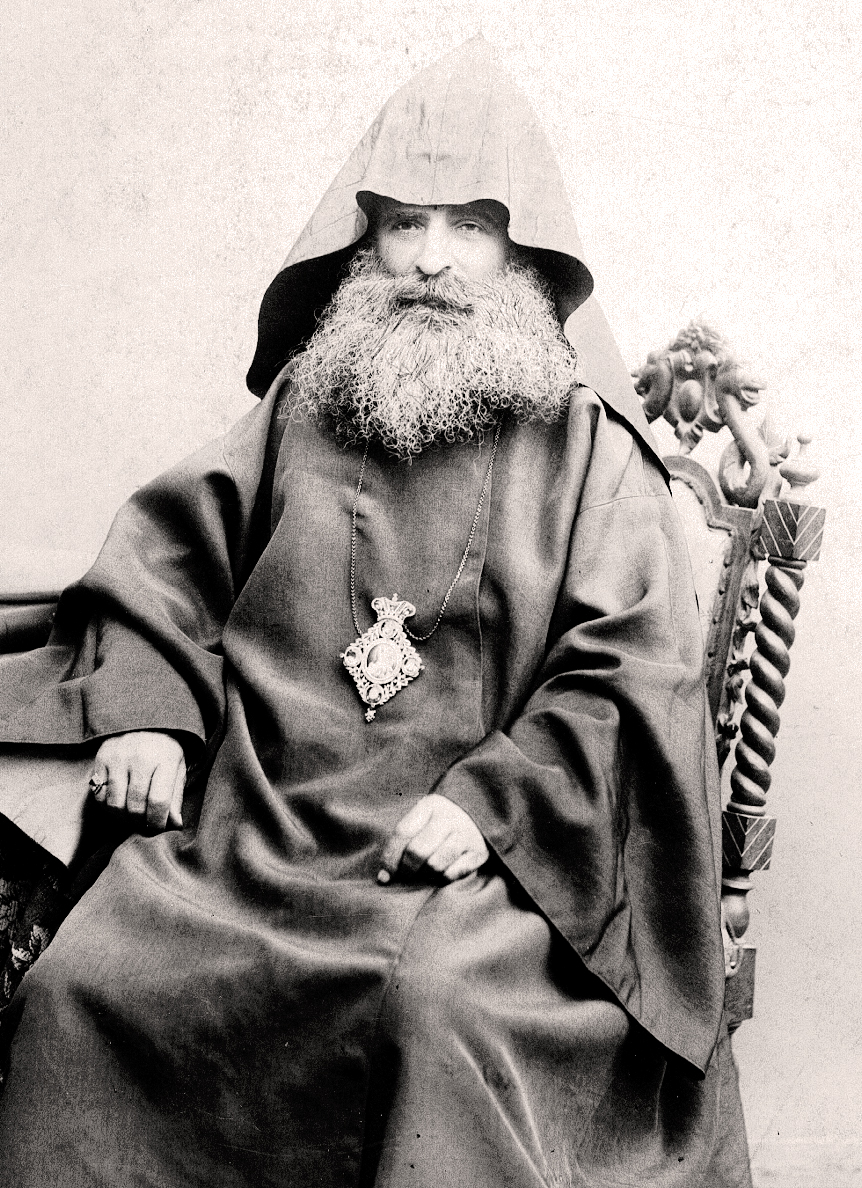Province of Adana: Photo Gallery
We present, in this section, pictures taken in the Adana vilayet (province), the majority of which are photographs and engravings relating to the Ottoman era. We have presented the province with its relevant various sub-sections with the object of making them more easily accessible. In the future we will present, alongside them, various themed articles prepared by the editorial board about the Adana province. Thus this method of presentation is of a temporary nature which will last until the articles have been prepared. It should be noted that we have worked on the old photographs in this section with the aim of improving their colour, tone and quality.
Sandjak of Adana
(See below for picture captions and sources)
Captions and sources
1) A scene from Adana (Source: Service historique de la Défense, Vincennes)
2) The Ottoman vali (governor) of the province of Adana and his companions near the Seyhan River waterfall (Source: Ferdinand Brockes, Quer durch Klein-Asien, Gütersloh, 1900)
3) Adana (Source: Ferdinand Brockes, Quer durch Klein-Asien, Gütersloh, 1900)
4) Carts transporting cotton in the Cilician plain (Source: W.J. Childs, Across Asia Minor on Foot, Edinburgh/London, 1917)
5) Transporting cotton in Adana (Source: W.J. Childs, Across Asia Minor on Foot, Edinburgh/London, 1917)
6) The Adana Bridge over the Seyhan (Sihan) River (Source: W.J. Childs, Across Asia Minor on Foot, Edinburgh/London, 1917)
7) Transporting water in Adana (Source: W.J. Childs, Across Asia Minor on Foot, Edinburgh/London, 1917)
8) An engraving of Adana. (E.J. Davis, Life in Asiatic Turkey, London, 1879)
9) Hagop Agha Urfalian, one of Adana’s Armenian notables (Source: Megerditch Bouldoukian collection)
10) The city of Adana (Source: Keghuni – Illustration arménienne, N° 6, 1909, Venise, S. Lazare)
Adana, Bedros Yeghiayian: a life through pictures
This section presents photographs belonging to the Yeghiayian family. The collection is a rarity in the sense that it is very rich, is composed of high quality images and illustrates the important events in the life of Bedros Yeghiayian in Adana, such as his youth, parents, marriage, children and old age. The collection is the property of Bedo Eghiayian of London. We take the opportunity of thanking Chabouh Kibarian for placing them at our disposal.
The Yeghiayian family. From left to right, standing: Bedros Yeghiayian (son), Mgrdich Yeghiayian (father). Seated, left to right: grandmother, Siruhi (mother). Photograph taken by the famous Ayntab photographer Hovhannes Haladjian, who later established himself in Adana (Source: Bedo Eghiayian collection)
Captions and sources
2) Adana, ca 1890. Mgrdich Yeghiayian, nicknamed tahtasakal (meaning flat or long beard) (Source: Bedo Eghiayian collection)
3) The Bzdigian family of Adana, ca 1890. Photograph taken by the Stepanian brothers (Talas and Caesarea/Kayseri) (Source: Bedo Eghiayian collection)
4) Adana, 1896: A group photograph taken around Mgrdich Bzdigian’s bier (Source: Bedo Eghiayian collection)
Captions and sources
7) Adana, 1905: Bedros Yeghiayian photographed by Yeprem Nercessian, Adana (Source: Bedo Eghiayian collection)
8) Adana, 1903: an Armenian kindergarten class. On the teacher’s left, standing – Arshaluis Yeghiayian. Photograph taken by S. M. Arabian, Adana (Source: Bedo Eghiayan collection)
9) Adana, 1905: an Armenian kindergarten class. Standing, 2nd from left – Lutfig Yeghiayian (Source: Bedo Eghiayan collection)
Captions and sources
11) Adana, 1906: Arshaluis and Lutfig Yeghayian (Source: Bedo Eghiayan collection)
12) Adana, 1908. Vahe Yeghiayian, son of Bedros and Haiganush Yeghiayian (Source: Bedo Eghiayian collection)
13) Adana, 1908. Vahe Yeghiayian, son of Bedros and Haiganush Yeghiayian. Photograph by Yeprem Nercessian, Adana (Source: Bedo Eghiayian collection)
14) Adana, 4 July 1914: Bedros Yeghiayian (Source: Bedo Eghiayian collection)
15) Adana, April 1911. Wedding photogaraph of Stepan Parikian and Vanuhi Bedelian. Photograph by Arabian brothers, Adana (Source: Bedo Eghiayian collection)
16) Adana, 1914. Sirvart Parikian, born 1911. Photograph by Arabian brothers, Adana (Source: Bedo Eghiayian collection)
17) Adana, 1920. The Parikian family. From right to left: Vanuhi (nee Bedelian), Sirvart, Stepan. Photograph by H. Kavukdjian, Adana (Source: Bedo Eghiayian collection)
18) Adana, 1921: The Bedelian and Parikian families (Source: Bedo Eghiayan collection)
Sandjak of Mersin
(See below for picture captions and sources)
Captions and sources
1) A scene from Mersin, showing the governmor’s house (Source: Michel Paboudjian collection)
2) The town of Mersin seen from the sea (Source: Service historique de la Défense, Vincennes)
3) A panorama of Tarsus, in which the Armenian school of St Paul may be seen (Source: Ferdinand Brockes, Quer durch Klein-Asien, Gütersloh, 1900)
4) The town of Mersin (Source: Ferdinand Brockes, Quer durch Klein-Asien, Gütersloh, 1900)
5) The town of Tarsus and the church of St Paul (Source: Ferdinand Brockes, Quer durch Klein-Asien, Gütersloh, 1900)
6) The door of St Paul in Tarsus (Source: Ferdinand Brockes, Quer durch Klein-Asien, Gütersloh, 1900)
7) Tarsus. The Armenian church of St Paul (Source: Ferdinand Brockes, Quer durch Klein-Asien, Gütersloh, 1900)
8) Tarsus. The Armenian church of St Paul – interior view (Source: Ferdinand Brockes, Quer durch Klein-Asien, Gütersloh, 1900)
9) Armenian clergy in Tarsus (Source: Ferdinand Brockes, Quer durch Klein-Asien, Gütersloh, 1900)
10) The students of an Armenian school in Tarsus (Source: Ferdinand Brockes, Quer durch Klein-Asien, Gütersloh, 1900)
11) The door of St Paul, Tarsus (Source: W.J. Childs, Across Asia Minor on Foot, Edinburgh/London, 1917)
12) An engraving of Tarsus (Source: E.J. Davis, Life in Asiatic Turkey, London, 1879)
13) Tarsus – Demir Kapu (Source: E.J. Davis, Life in Asiatic Turkey, London, 1879)
14) The town of Mersin (Source: Keghuni – Illustration arménienne, N° 6, 1909, Venise, S. Lazare)
15) Mersin, ca 1919-1920 (Source: photograph by Father Gabriel Bretocq, Archives départementales de l’Eure, Fonds Gabriel Bretocq)
NEW / NEW / NEW
Sandjak of Sis/Kozan
(See below for picture captions and sources)
Sis. Vartanian family. Standing (from left): Samvel Vartanian, Prapion Vartanian, Pakezar Vartanian no longer visible in photo, later Abumarakian, born 1893, Sis), Viktoria Vartanian (later Faradjian; her husband was killed in 1915, and she died during the deportations in Hauran), and Ludwig Vartanian. Seated, center (from left): Rakel Vartanian (née Nuskhadjian) and Mushegh Vartanian (native of Harput/Kharpert; moved to Sis at the age of 17). Seated, on floor (from left): Arusyag Vartanian, Lia Vartanian (later Kazandjian), and Vartan Vartanian (Source: Houshamadyan collection, Berlin, Germany - Courtesy of Victoria Abumarakian, Bourj Hammoud, Lebanon)
Captions and sources
1) Sis/Kozan circa 1919-1920 (Source: photograph by Father Gabriel Bretocq, Archives départementales de l’Eure, Fonds Gabriel Bretocq)
2) A scene from Hadjin (Source: Alfred Boissier, En Cappadoce, notes de voyage, Genève, 1897)
3) One of the entrances to St Sophia cathedral, Sis/Kozan (Source: Alfred Boissier, En Cappadoce, notes de voyage, Genève, 1897)
4) A scene from Hadjin (Source: Ferdinand Brockes, Quer durch Klein-Asien, Gütersloh, 1900)
5) A scene from Hadjin (Source: Ferdinand Brockes, Quer durch Klein-Asien, Gütersloh, 1900)
6) Sis/Kozan circa 1919-1920 (Source: photograph by Father Gabriel Bretocq, Archives départementales de l’Eure, Fonds Gabriel Bretocq)
7) Sis/Kozan circa 1919-1920 (Source: photograph by Father Gabriel Bretocq, Archives départementales de l’Eure, Fonds Gabriel Bretocq)
8) One of the entrances to St Sophia cathedral, Sis-Kozan (Source: Alfred Boissier, En Cappadoce, notes de voyage, Genève, 1897)
9) Sis/Kozan castle (Source: Alfred Boissier, En Cappadoce, notes de voyage, Genève, 1897)
10) A scene from Hadjin (Source: Ferdinand Brockes, Quer durch Klein-Asien, Gütersloh, 1900)
11) Sis/Kozan circa 1919-1920 (Source: photograph by Father Gabriel Bretocq, Archives départementales de l’Eure, Fonds Gabriel Bretocq)
12) Sis/Kozan circa 1919-1920 (Source: photograph by Father Gabriel Bretocq, Archives départementales de l’Eure, Fonds Gabriel Bretocq)
13) The Orchanian family, Hadjin, 1899 (Source: Nelida Boulghourdjian collection)
14) Hadjin/Saimbeyli seen from the south west (Source: Hugo Grothe, Meine Voderasienexpedition 1906 und 1907, Band II, Leipzig, 1912)
15) The Armenian-inhabited town of Shar/Şar in the Sis/Kozan sandjak. The ruins of the historic city of Comana are to be found here (Source: Hugo Grothe, Geographische Charakterbilder, Leipzig, 1909)
16) The Armenian-inhabited town of Shar/Şar in the Sis/Kozan sandjak. The ruins of the historic city of Comana are to be found here (Source: Hugo Grothe, Geographische Charakterbilder, Leipzig, 1909)
17) The ruins of the historic city of Comana. The Armenian-inhabited town of Shar/ Şar is to be found here (Source: Hugo Grothe, Geographische Charakterbilder, Leipzig, 1909)
18) The Armenian catholicossate in Sis (Source: Nubarian Library collection)
19) The antiquities of Anavarza (Source: Ferdinand Brockes, Quer durch Klein-Asien, Gütersloh, 1900)
20) The main entrance to St Sophia cathedral, Sis/Kozan (Source: Alfred Boissier, En Cappadoce, notes de voyage, Genève, 1897)
21) From left to right: Apraham Faradjian (1907-1928) and Margarios Faradjian (later Rev. Krikor Faradjian, 1911-1997). Two brothers from Sis photographed in Tripoli in the 1920s, a few years after their deportation from Sis (Source: Chiftjian family collection)

